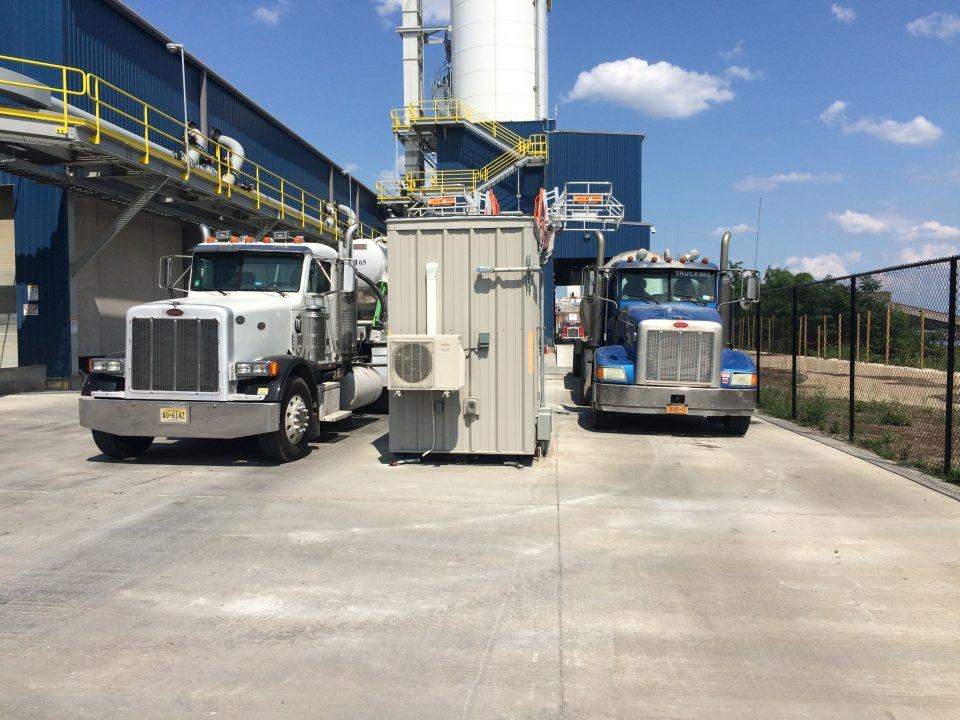Business has not slowed for Dome Technology as bulk companies continue to expand and enhance operations. Here are some of the recent and current projects:

For one company on the East Coast of the United States, Dome Technology fabricated 120,000 pounds of steel to be used as a structural tower in the wood-products industry. The project wrapped up June 23, and fabrication was completed in Dome Technology’s steel-fabrication shop. Engineers and construction managers worked closely with team members who build features like stair towers, work towers, buildings, conveyor supports, handrails, and walkways to deliver on customer requests and needs.
Another current project is a grain DomeSilo in the Midwest, large enough to store 1.3 million bushels of soybeans and corn.
The dome stands 170 feet in diameter and 110 feet tall with a 1.3 million bushel grain capacity and was designed with a no-entry system and bin sweep. Construction on the ring beam and inflation were completed the end of June, and the dome will be operational by the end of September.
The dome was built at an existing company site, and “it’s going to allow them to blend out of this structure and load to rail directly. It will give them the capability to cycle that multiple times,” said sales manager Heath Harrison, adding that the biggest advantage to the upgraded facility will be the no-entry feature. “Now it’s going to be more efficient—less manpower needed.”
Dome Technology has also contracted with another wood-pellet producer to build a two-dome project in the southern United States. This new facility will feature two storage domes 90 feet in diameter and 135 feet tall. Both will store 10,000 metric tons and are designed with a live floor, “so there is no mechanical extraction or personnel needed to go in the dome,” reducing operational costs significantly, said sales manager Lane Roberts. Product will be reclaimed on a first-in, first-out basis, and the domes will have state-of-the-art safety systems, including aeration and nitrogen, heat sensors, and gas-monitoring sensors.